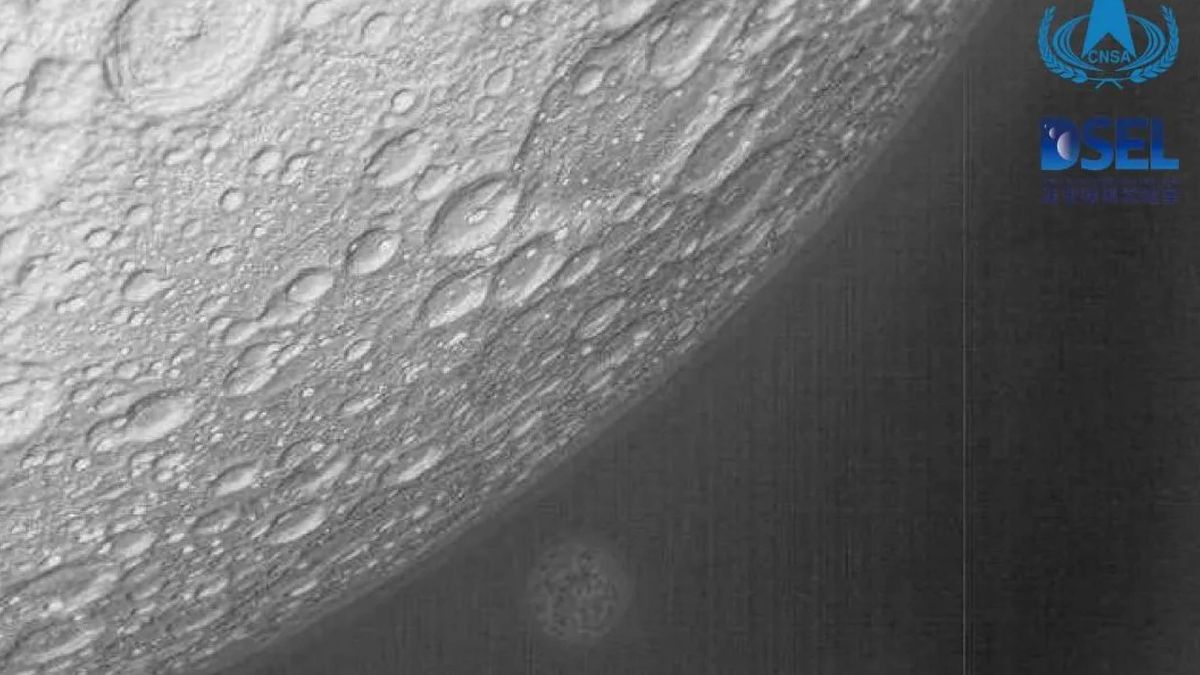The Future of Lunar Communication and Navigation Services for China
A recent development in China’s lunar ambitions involves the testing of two small experimental satellites, Tiandu-1 and Tiandu-2, aimed at paving the way for future lunar communication and navigation services. Launched alongside the Queqiao-2 lunar communications relay satellite on a Long March 8 rocket on March 19, these satellites represent a significant step towards China’s goal of establishing a strong presence on the moon.
Pathfinders for Lunar Infrastructure
The Deep Space Exploration Lab (DSEL) in China announced on April 13 that Tiandu-1 and Tiandu-2 have conducted tests related to high-reliability transmission and routing between Earth and the lunar surface. Notably, one of the satellites even transmitted an infrared image capturing the majestic far side of the moon, complete with a distant view of planet Earth.
Entering lunar orbit on April 3, these satellites are currently flying in formation approximately 124 miles (200 kilometers) apart. Tiandu-1, weighing in at 134 pounds (61 kilograms), boasts a Ka-band dual-frequency communicator, a laser retroreflector, and a space router. On the other hand, Tiandu-2, weighing 33 lbs (15 kg), is equipped with communication and navigation devices.
Further Advancements in Lunar Technology
DSEL plans to continue conducting lunar communication and navigation technology experiments using these test satellites. The insights gained from these experiments will play a crucial role in shaping the design and construction of the planned International Lunar Research Station (ILRS) and a Queqiao satellite constellation for lunar communication, navigation, and remote sensing.
With these pioneering satellites leading the way, China is positioning itself at the forefront of lunar exploration and technological innovation, setting the stage for a bold new chapter in space exploration.
Image/Photo credit: source url





